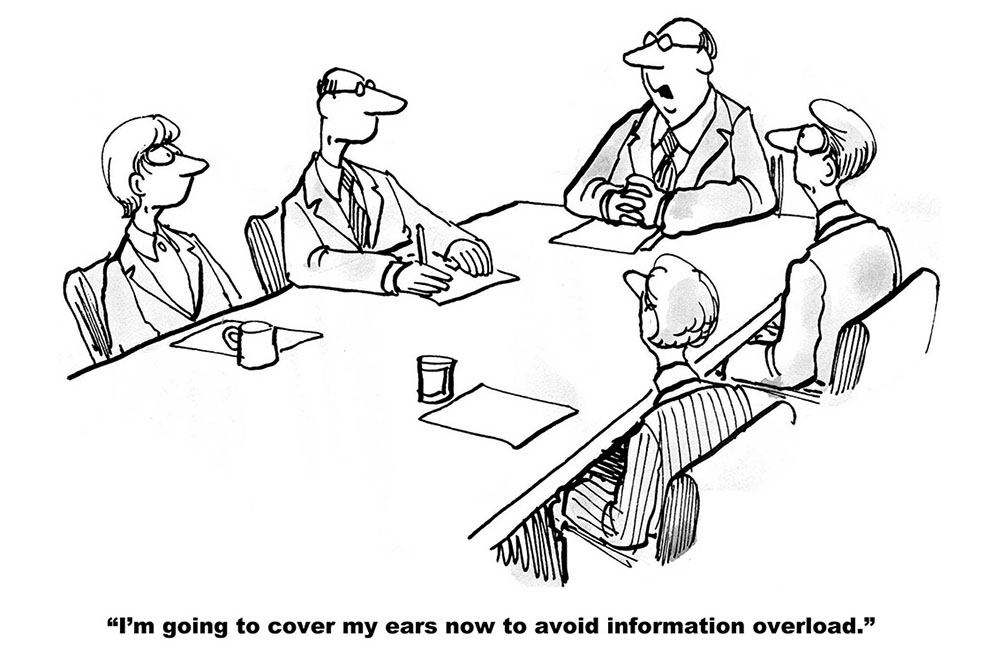
Integrated transformation
One of the questions that consultants must always answer is how to win client work. Clients issue RFPs and they employ scoring criteria to select consultants. The scoring criteria are typically centered around technical competency and commercial arrangements. Clients’ procurement teams will lead the charge, score the vendors, and go through the selection processes.





